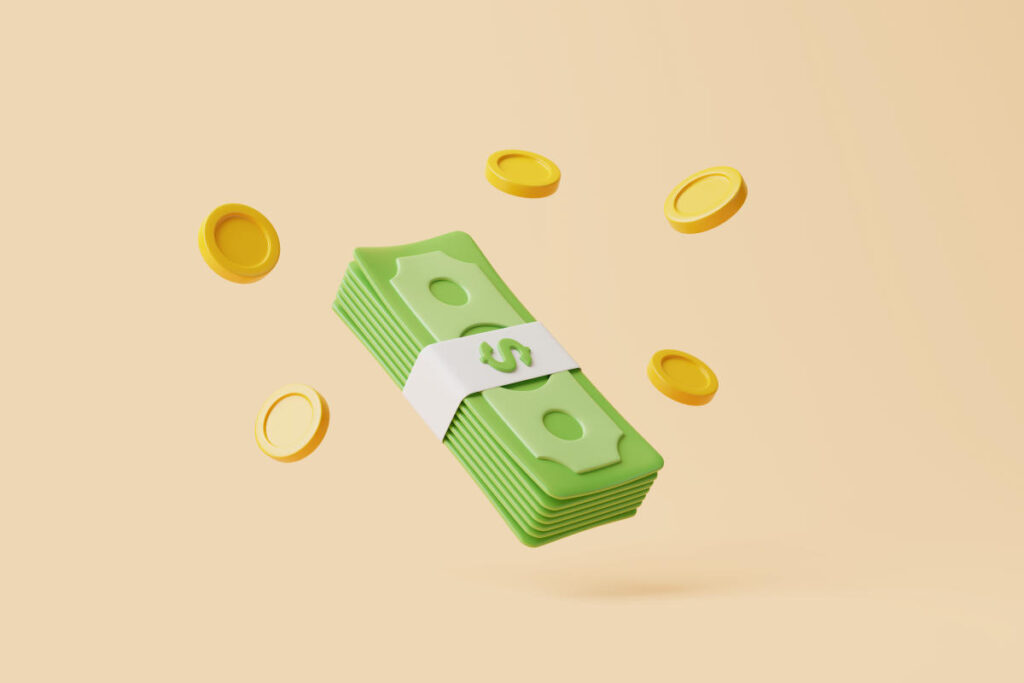In times of financial shortfall, people may explore options for obtaining cash from their credit cards, particularly in situations where expenses such as rent cannot be directly paid using a credit card. One common method to access cash is through a cash advance, which allows individuals to convert a portion of their credit into cash for emergencies. However, cash advances come with significant costs and potential consequences, making them a less desirable solution overall. Understanding the mechanics of cash advances and exploring alternative options is essential for managing finances effectively.
Cash advances function by permitting cardholders to withdraw cash from their credit limit, often at a lesser amount than the total credit available. Typically, credit cards come with specific cash advance limits, which restrict the cash amount to a designated percentage of the overall credit line. Common methods to obtain cash include utilizing ATMs, writing convenience checks linked to the credit account, or visiting bank branches. However, initiating certain transactions, like transferring funds to a bank account or buying cash equivalents, could inadvertently trigger a cash advance even if not explicitly requested.
Obtaining a cash advance is usually accompanied by multiple fees and charges that can have adverse financial implications. Most credit cards charge an initial fee, typically ranging from 3% to 5% of the cash advance amount. Additionally, cash advances generally attract a higher annual percentage rate (APR) than standard purchases, and interest begins accruing immediately without a grace period. This combination of fees and high-interest rates quickly escalates the cost of borrowing, making it a financially unattractive option for most individuals.
Using a cash advance can significantly impact an individual’s credit score due to increased credit utilization. Credit utilization reflects the amount of available credit being used and accounts for a substantial portion of one’s overall credit score. A high utilization rate, greater than 30%, can lead to a lower credit score. Instead of resorting to a cash advance, individuals are often better off utilizing emergency savings to cover unexpected expenses. While tapping into savings may feel daunting, it is typically a more cost-effective alternative than accruing debt through a cash advance.
For those requiring larger sums of cash, personal loans may present a more favorable option. Personal loans generally have lower interest rates compared to credit card cash advances and do not affect credit utilization. Though applying for a personal loan incurs a hard inquiry on the credit report, which can temporarily reduce one’s credit score, regular and timely payments can remedy this quickly. Additionally, it is crucial to be aware of potential origination fees that some lenders may impose for processing the loan application.
In situations where cash advances seem inevitable, options may still exist to minimize costs. Services like Plastiq enable individuals to utilize credit cards for expenses that typically do not accept them by converting credit card payments into checks. Peer-to-peer payment platforms like Venmo and PayPal can also provide alternatives. However, these services usually charge fees, though they may still be lower than cash advance costs. Additionally, some credit cards feature mechanisms allowing for cash access during transactions without incurring standard cash advance fees, providing smarter alternatives for cardholders in need of cash. Ultimately, judiciously assessing the implications of each option is vital to avoid financial pitfalls associated with cash advances.

